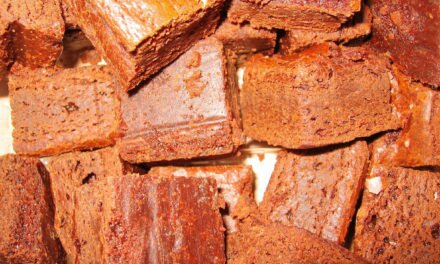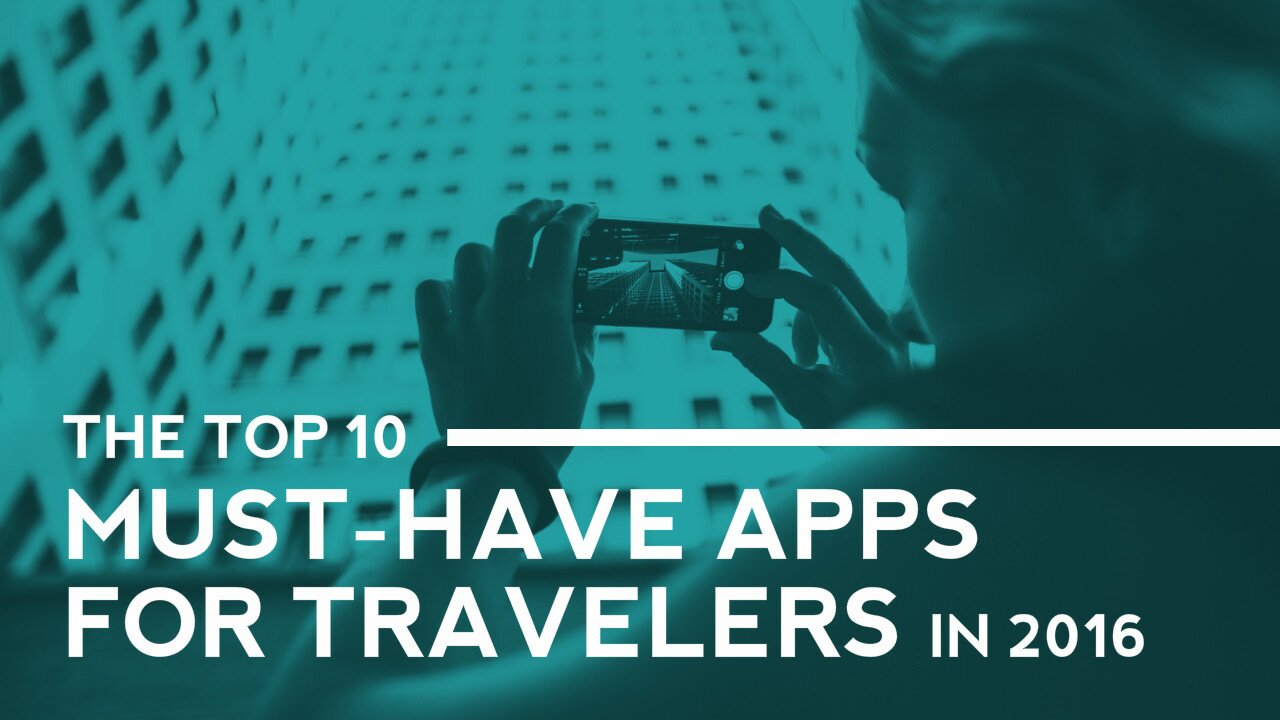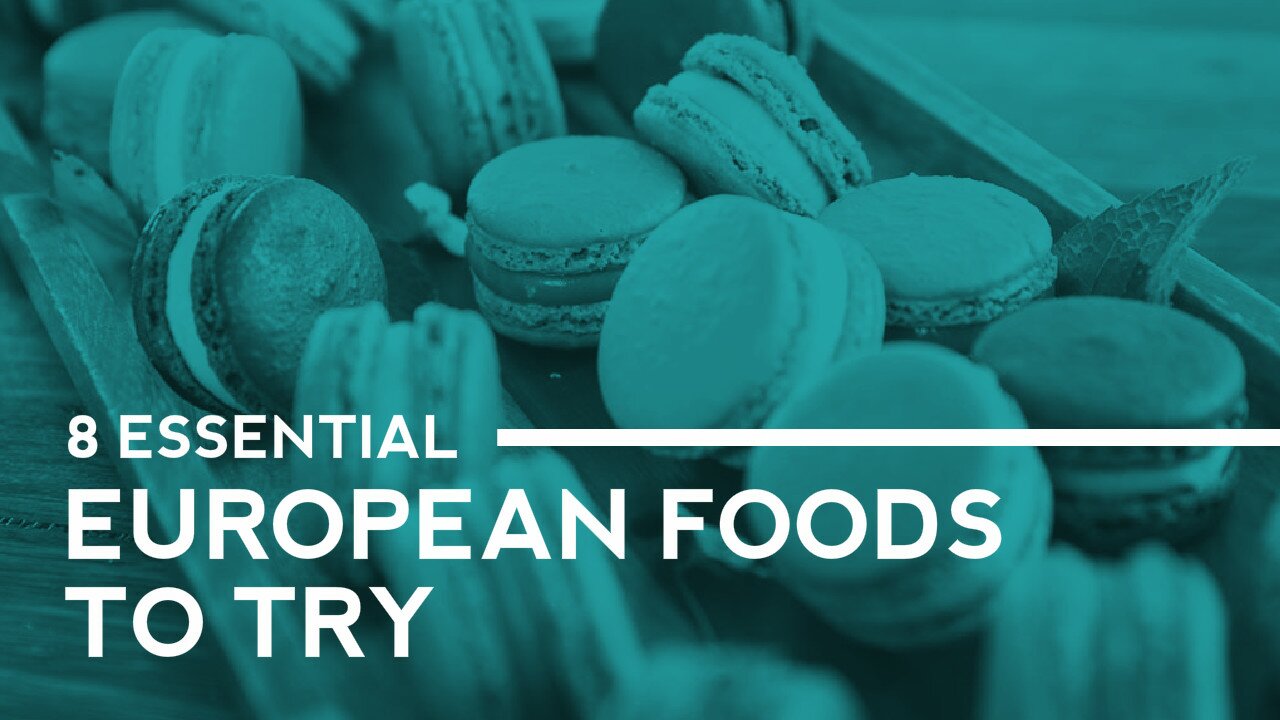“The Most Important Meal”
Malaysians know a thing or two about hospitality.
Touching down after an eight hour red-eye from Melbourne, I leave the air-conditioned comfort of KLIA2, immediately greeted by a thick blanket of tropical humidity.
With the precision timing of a SEAL team, the Uber I had ordered pulls up to the rescue. Jumping into the silver Nissan van, I’m welcomed with a firm handshake and bellowing laugh from Dazmond, a cheerful, stocky Malay dude. “I own and operate a furniture rental business in the city,” he tells me cheerfully. “Driving Uber is a great way to make spare change with this big van and meet people from across the world.”
Dazmond and I carry on our conversation as we make our way towards Kuala Lumpur, halting occasionally for brief traffic jams.
“So you’re here to eat and write, huh?” Dazmond enquires. “You’re gonna interview some food critics?”
“You got it.” I replied. “Food, culture and whatever else your wonderful country wants to throw at me.”
“Here’s an idea,” he remarks excitedly. “Let me take you to breakfast – authentic Malaysian street food – it’ll be a great start to your story!”
We take a detour. Twenty minutes later we arrive in Imbi, a bustling, working-class district with row after row of weathered, dilapidated tenements; the shopfronts, street stands and stray cats are a stark contrast to the sleek, modern high-rise complexes towering in the distance. The sights, sounds and smells are vividly reminiscent of Shenzhen, China in the ‘90s, where I spent parts of my childhood.
Unexpected detour: The industrious Imbi district in Kuala Lumpur
“Big Chinese population here,” explains Dazmond. “There are also many refugees from Myanmar now. Until the UN finds them a place to settle down, they get by on stipends and whatever work they manage to find.”
Over a bowl of curry mee (red curry laksa noodle soup), and a cup of dark local coffee, Dazmond gives me his take on how Malaysians enjoy breakfast.
“The Western notion of milk and cereal is very strange to me,” Dazmond opines, proud and almost nationalistic in his tone. “Breakfast is not only the most important meal of the day, it’s also the first. We like to go all out in everything – flavor, variety, heat, serving size – to make sure we get a good start to the day.”
This reasoning certainly explains my new-found friend’s spirited, high-energy demeanor.
Because of the country’s diverse and colorful ethnic influences (predominantly Malay, Indian and Chinese), there’s no ‘standard’ breakfast fare per se. Besides noodle-based dishes like the curry mee we are enjoying, other common offerings include nasi lemak (a fragrant rice dish cooked inside pandan leaves, served with meat, vegetables and eggs), Indian-style dishes such as roti (or chapati), dished up with generous helpings of meat, sauce and potatoes, as well as an intriguing local take on the turnover pancake, called apam balik, ubiquitous in the many street stalls we pass.
A typical Malaysian streetside storefront. This one serves porridge.
“When you’re looking for street-side eateries, it’s best to find ones where the owners do the cooking,” Dazmond explains, taking sips from his fragrant brew. “That way, you know they’re putting their heart, soul and experience into preparing your food.”
Dazmond is wary of local restaurateurs who have become overly entrepreneurial and have delegated their cooking to waged staff, leaving the quality of their fare to suffer as a result. He assures me that our current venue is not one such case.
“We like to go all out in everything – flavor, variety, heat, serving size – to make sure we get a good start to the day.”
The owner of this eatery, a heavyset man in his 60s wearing a faded tank top, casually counts small ringgit notes at the cash register.
“Don’t be fooled by his looks,” Dazmond motions towards the elderly entrepreneur. “Most owners like him are multi-millionaires.”
As someone who regularly grabs breakfast on the go from street vendors and shopfronts, Dazmond points out that a lot of them have been in business for decades or even generations, dishing up delicious local flavors day in, day out to nearby residents, white- and blue-collar workers, other street vendors, pedestrians passing by, and what do you know, even occasional fresh-off-the-plane foreigners!
“Like Nothing You’ve Ever Tried”
I hurriedly make myself interview-ready with a quick shave and short nap before meeting up with Sarah Voon.
Sporting the simple, to-the-point slogan, “Food Around The World,” Sarah, together with Matt Liew, broadcasts meticulous, mouth-watering photos of Malaysian and international cuisine of all shapes, sizes and colors on her Instagram account, @foodievstheworld, to over 17,000 followers.
Food Around The World: Colorful and fun, Sarah Voon and Matt Liew’s @foodievstheworld has attracted over 17,000 adoring fans. Bottom right: Ante’s vibrant jamon iberico platter
Foodie Vs The World is also lauded by LifestyleAsia as one of the “Top 10 Kuala Lumpur Foodies to Follow on Instagram.”
It’s not hard to see the reason behind Sarah and Matt’s popularity and huge fan base. Their huge catalog, in which each of their alluring food snaps are expertly photographed, is carefully curated with a down-to-earth, personal blurb describing the food and experience behind it, with some even linking to a full-on review on their website. Take one look at their site and it becomes obvious that Sarah and Matt have a penchant for good food and exciting adventure.
Picking me up in her sedan, Sarah enthusiastically announces her choice of venue for our interview. “I made us a booking at Ante, it’s a great little place in Selangor,” she remarks. “Only a couple of hours in our country and you’ve already visited two states!”
Sarah personifies the ideal of pursuing one’s life dream. Speaking flawlessly in an educated (somewhat American) accent, and sporting smart business attire, one might earmark Sarah as a business-focused young professional. That assumption couldn’t be further from the truth.
To the surprise and dismay of her friends and family, Sarah turned her back on full-time career pathways (including one such opportunity at the prominent Edge Media group), instead focusing most of her time on travel, writing, philanthropic efforts locally and overseas, and of course, Foodie Vs The World. Sarah’s adventures have taken her all over the world, including the United States and Vietnam.
“The way I live now, there’s the time and freedom to pursue my passion,” she explains. “People should do the things they love and care about.”
Sarah seems to be doing a great job of doing just that. She sustains herself with freelance journalism for publishers such as Business Insider Malaysia, and is in no shortage of decent food – Sarah and Matt are regularly approached by restaurants for reviews due to Foodies Vs the World’s following and prestige in Kuala Lumpur’s foodie scene.
I quiz Sarah on her brand’s superhero-like name as we approach Ante, located inside the monolithic 1 Utama complex.
“Every other name I had in mind related to food was taken! Food and travel are my two main points of focus, so it became Foodie Vs the World,” she explains. “I came up with it two years ago. My friends still give me a hard time to this day.”
Readying my notebook and pen, I ask for some expert recommendations. For first time travelers to Malaysia, Sarah recommends sampling local culinary icons such as hokkien mee, char kuey teow and any decent chili pan mee.
“People should do the things they love and care about.”
We arrive at Ante, an upscale eatery with ambient lighting and a sleek, minimalist decor. Billed as “Kuala Lumpur’s premier pork steak restaurant,” it’s a bold niche to carve out in a country which carries cultural sensitivities towards the meat. However, the restaurant proclaims their specialty unapologetically. And it works – their signature pork steak receives rave reviews with casual diners and food critics alike, and even netted Ante the title of Time Out Kuala Lumpur Food Awards’ “Best Place for Meat” in 2015.
The owners of Ante are young Malaysian entrepreneurs who developed a sophisticated Western palate during their years of studying abroad.
Ante’s innovative and decadent Valrhona chocolate delice
“We wanted to bring the food we love back home,” explains Shaun Leong, one of Ante’s owners, who spent time studying in Melbourne. He sits down with Sarah and I, regaling us with Ante’s story over a jug of bright red sangria.
“When we started out, none of us came from a food background, we were just passionate about taking the best of what we enjoyed from other cuisines and bringing it to Malaysia,” he says. “Four years later, we’re an award-winning brand in two different locations.”
Ante is a standout example in the country’s recent growth in the popularity of Western-styled ‘fusion restaurants,’ taking Malaysia by storm. Modern and inventive, many fusion restaurants combine upscale Western influences with traditional local flavors. Prime examples of ‘East meets West,’ cuisine include eateries that offer salt and pepper prawns with nam prik sauce, Western-styled bak kut teh and, in Ante’s case, a colorful and aromatic curry carbonara, which was Sarah’s pick.
Our orders arrive. The pork steak, glistening from its juices and fats, emanates an aroma of sweet spice.
“We were just passionate about taking the best of what we enjoyed from other cuisines and bringing it to Malaysia…”
“Enjoy! It’s like nothing I’ve ever tasted.” Sarah says, as I dig in.
Good lord! Ante’s self-proclaimed pièce de résistance strikes the perfect balance of succulent and chewy, savory and sweet. The flavors grow with every bite.
Sarah’s right. It’s like nothing I’ve ever tasted.
“What you’re eating is the culmination of three and a half years of hard work and experimentation,” Shaun tells me. “We’ve tested everything: different meats, spices, flavors, aging… you name it. This the result.”
“We love innovation and experimentation,” he says. “Not only is it exciting for us and our diners, it keeps us ahead of the competition.”
East meets West: Ante’s sublime curry carbonara
I try a fork’s worth of Sarah’s curry carbonara. Flavorsome and textured, it too carries the same masterful handiwork as the pork steak. It’s clear that Ante has spent a considerable amount of time testing, experimenting and honing their cooking craft.
“Enjoy Food, Enjoy Life”
At this point, Daniel Ang, another prominent Malaysian foodie, arrives on scene. Known online as @KLFoodHunter, Daniel and his team of editors are also recognized by LifestyleAsia as one of the “Top 10 Kuala Lumpur Foodies to Follow on Instagram.” His work offers a distinctive, grid-like design style, combining four photos into one posting.
Grid by delicious grid: Daniel Ang’s unique, instantly eye-catching @klfoodhunter showcases not only an eatery’s food, but also its decor and vibe
“In a single photo,” he says, “I want to show people, not only a venue’s food, but also its entrance, its layout and most importantly, its vibe. I think it’s crucial to capture the whole experience.”
Our friendly waiter comes to take Daniel’s order. Without hesitation, Sarah and I both recommend the pork steak.
Though Daniel rocked up with a t-shirt, jeans and relaxed demeanor, he carries with him an air of business-like seriousness. Daniel developed KLFoodHunter from a part-time hobby into something much more serious; with nearly ten thousand followers on Instagram, he now has bigger ambitions.
“I want to show people, not only a venue’s food, but also its entrance, its layout and most importantly, its vibe. I think it’s crucial to capture the whole experience.”
As KLFoodHunter hits the 10,000-follower mark, Daniel tells me, he and his team will debut their website; a resource not only packed with reviews and photos of KL’s great eats, but which will also serve as a conduit connecting food lovers across Kuala Lumpur and the country as a whole.
“Through all the eateries we visit and reviews we do,” he says, “I want to use KLFoodHunter to bring the Malaysian food community together. Foodies, restaurants, critics… where everyone can get in touch with one another, like one big family, always talking, comparing, competing, innovating. As people who love and appreciate good food, we’re all in this together,”
Briefly, Daniel also reveals to us his plans for a mobile app, and future plans for collaboration and expansion.
“Continued growth is crucial,” he shares. But don’t get so caught up in the game that you lose your unique flavor and authenticity. It’s also important to be yourself.”
Daniel’s pork steak arrives. Eagerly getting stuck in, he savors the first bite and nods to Sarah and I, in full agreement with our judgment of Ante’s flagship fare.
Three and a half years in the making: Ante’s award-winning signature pork steak
“Really good,” says Daniel. “Really, really good.”
“It’s a shame you’re not in town for longer,” Daniel adds. “If you’re writing about good eats, there are so many options we can show you.”
Excitedly, Daniel and Sarah both begin recommending countless restaurants they’ve enjoyed. They rattle off names, locations and contacts of their favorite eateries, sharing tips, reviews and recommendations across a wide variety of the country’s diverse culinary palette. Nasi lemak and chopati are brought up once more.
The cuisine styles of modern-day Malaysia are primarily a merging of Chinese, Indian and Malay food influences, with heavy input also coming from Thai and European cuisines. Malaysian food also shares similarities with the cuisine in Indonesia and Singapore due to their geographical proximity and shared history of migration.
Sarah gets up, politely excusing herself to tend to a “minor emergency” in one of the complex’s stores, an Oxfam-like storefront where she regularly volunteers her time. She returns twenty minutes later, handing me a parting gift of two Malaysian staples, Ipoh white coffee and curry-infused instant noodles.
“Try these,” she says. “They’ll blow your mind.” I did so as soon as I returned home, and once again she was right. Two for two, Sarah.
After quickly brainstorming ideas for collaboration and exchanging business cards with Sarah, Daniel bids us farewell to catch a meeting he has lined up. He and I would catch up in Melbourne a week later on one of his business trips. Over seafood and traditional-style pizza, he reiterates the point he’d made earlier.
“Don’t get so caught up in work that you forget to be yourself.” he says. “Enjoy food, enjoy life!”
(continued)




